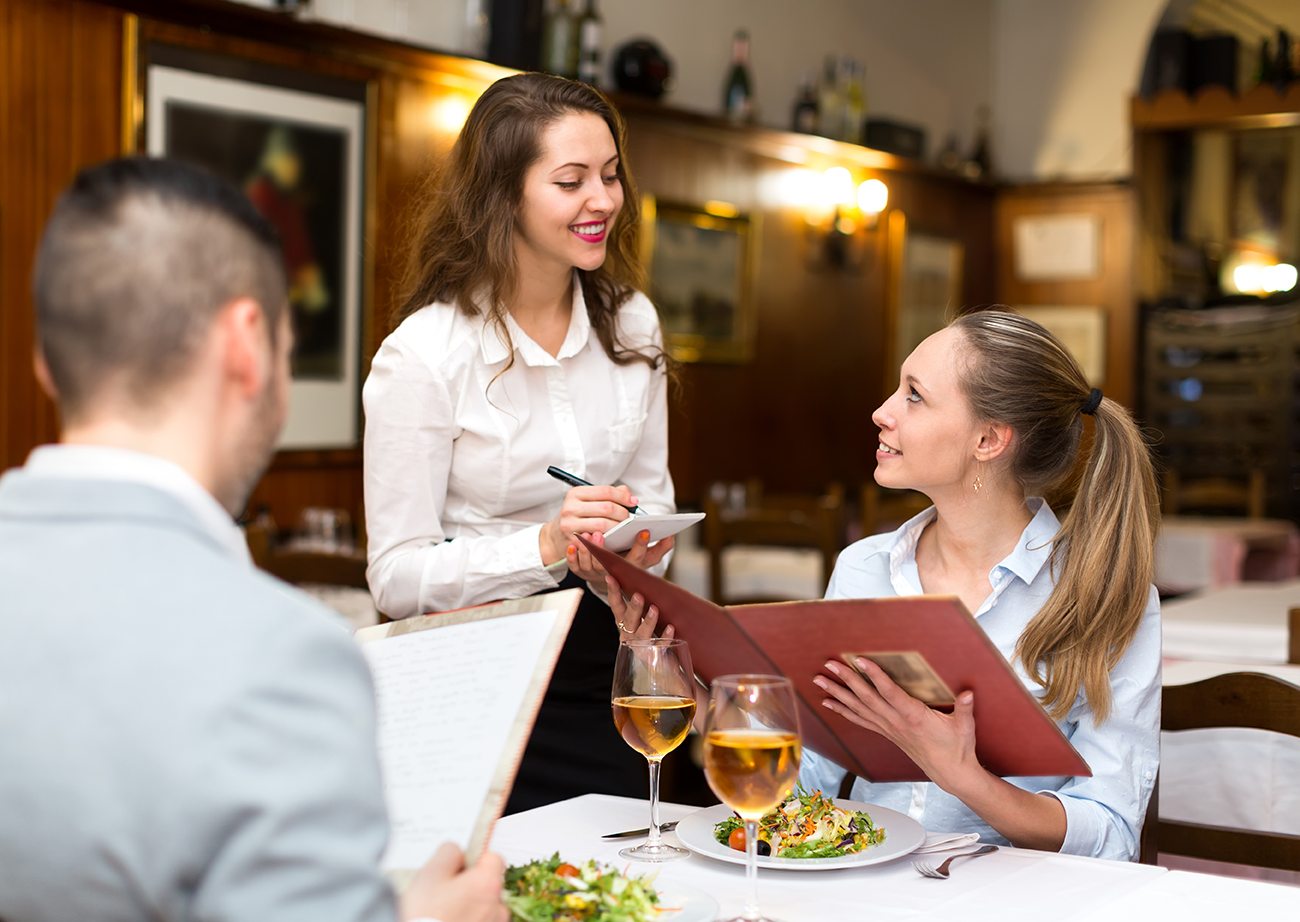As fast-casual dining and prepared meal kits become more and more prevalent, casual dining numbers are declining. What can your restaurant do to stay competitive?
CREATE A DESTINATION
The experience within the four walls is what sets one restaurant apart from any other. Try something new to get people talking and, more importantly, sharing on social media. Some restaurants are spending tens of thousands of dollars on custom-built tables and lighting set-ups especially for Instagram-savvy diners. Belfast restaurant Town Square introduced a new menu in April 2017 in addition to its standard menu, in order to cater to consumers keen to try something new. Items included toasted marshmallows, which customers would roast on a mini campfire delivered to their table.
“Foodservice operators would do well to keep up with social media sites, particularly Instagram and Pinterest, where sharing of food and drink photos is more prevalent,” said Aisling Kearney, Mintel. “Instagram and Pinterest are among the top media networks used by consumers, but Snapchat is also gaining traction, with one in four consumers using it regularly.”
EMBRACE TECHNOLOGY (TO AN EXTENT)
Technology can be a big drawcard for diners, but restaurant owners should be careful not to get carried away by adopting every new trend that reaches their ears. Kiosks and self-service ordering are all the rage in QSR, but how well will it translate to table-service dining? One Tree Grill in Auckland uses iPad menus, but orders are still taken through human wait staff. Human interaction is what defines table service dining, and a good experience with a staff member can be the highlight of a customer’s meal.
TIME IS MONEY
It should go without saying, but the importance of fast and efficient service cannot be downplayed. The most common complaints consumers have with restaurants, and are most likely to share, are slow service, cold food, and orders that disappear into the ether. A free bowl of chips won’t always placate hungry customers, so impress upon your staff the importance of accuracy.
DELIVER THE GOODS
It’s no longer an abstract theory – the almost immediate uptake of UberEats has proven that customers, particularly millennials, prefer to eat at home. Some restaurant owners are reluctant to take the plunge. Delivery companies say they will accept responsibility for cold or damaged food, but users will still use the service – they’ll just buy food from somewhere else. There’s no need to put an entire menu on UberEats – indeed, most don’t, citing poor profit margins from the service – so curate the online offering to make sure that what leaves your door will still be a top-quality product by the time it reaches the customer. If it won’t travel well, don’t offer it.






